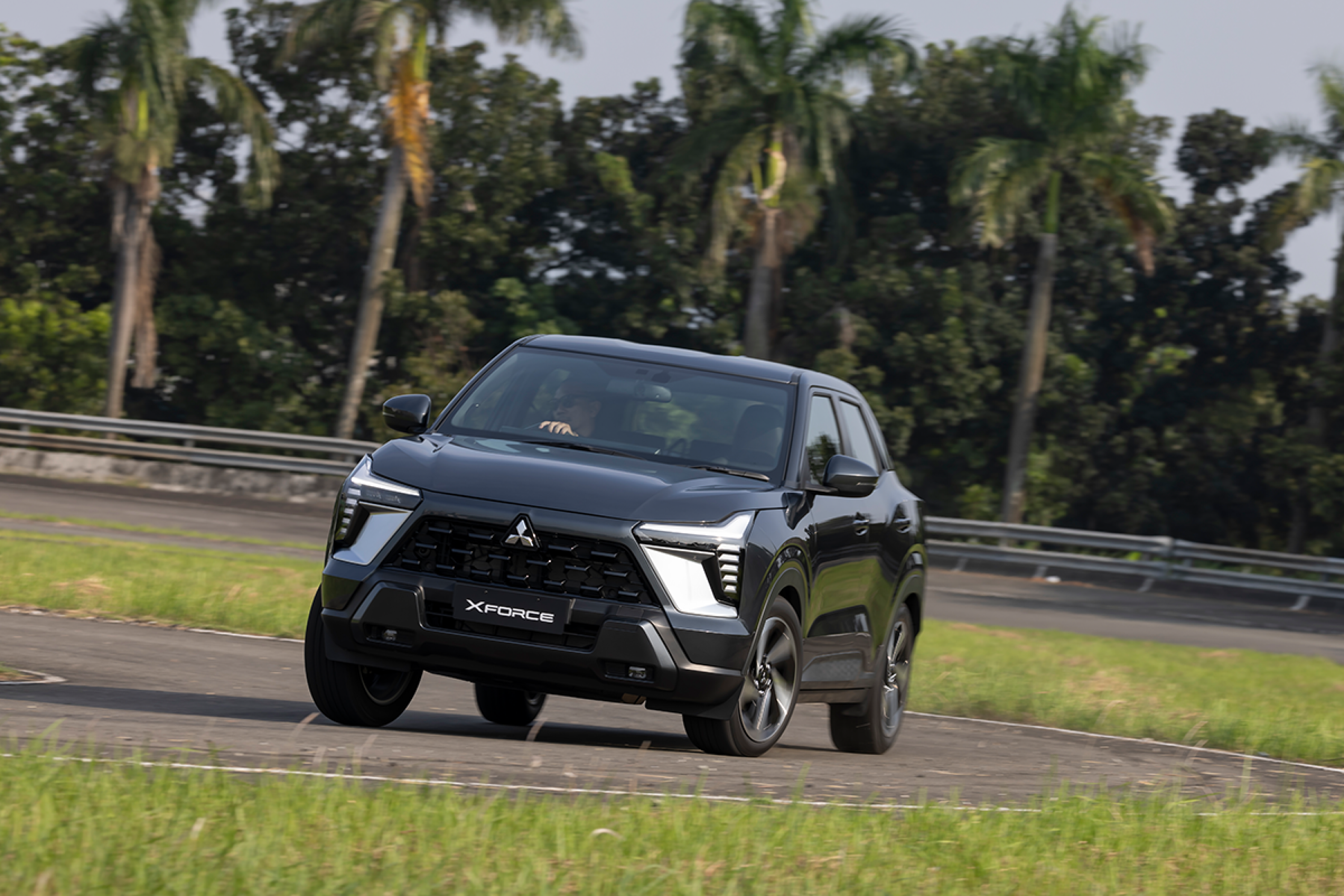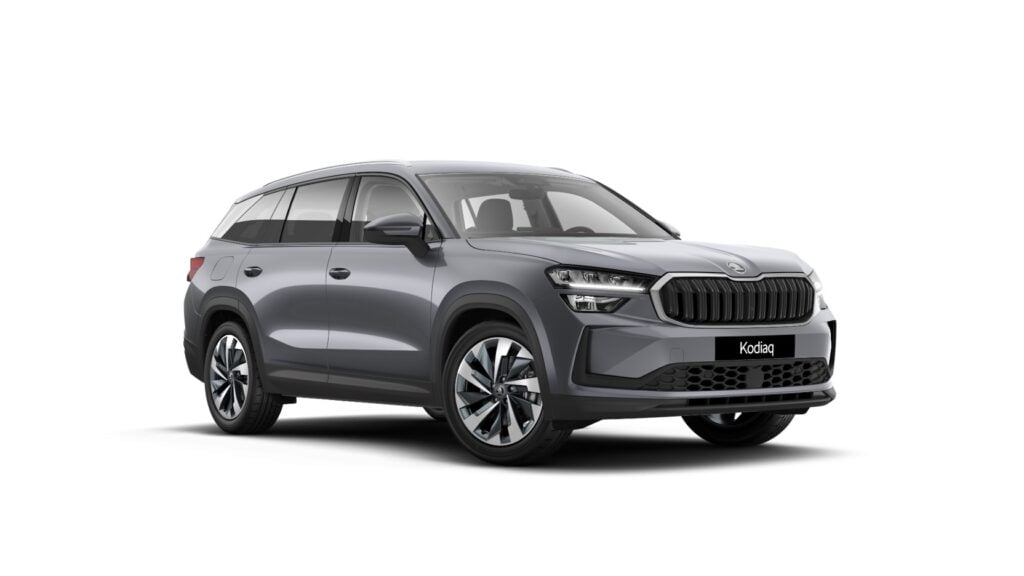Fourteen years after Mitsubishi introduced the ASX, along comes another all-new affordable small SUV that will be built at the brand’s Krama Yudha Indonesia plant.
Snapshot
- Mitsubishi XForce revealed
- Built in Indonesia on existing XPander platform
- Unlikely for Australia due to lack of safety features
It’s known as the 2024 Mitusbishi XForce, teased in concept form as the XFC. We now have all the details of this ASEAN-market-focused vehicle – and it won’t replace the ASX without some heavy modifications.
“We are studying [XForce for Australia], but it might be difficult because of regulation issues”, Takao Kato, president and CEO of Mitsubishi Motors, told Wheels.
“How we upgrade the performance or function to meet the requirements is the question for us right now. We are currently studying that issue”, he added. There’s a slim chance that the XForce could make it to Oz, but Wheels understands a local release will only happen if Mitusbishi decides to invest in significant upgrades of the safety equipment and powertrain.
The XForce was developed on an existing platform that no longer meets current ANCAP requirements.

What is the Mitsubishi XForce?
The XForce is a small SUV built on an existing platform – the same found under the ASEAN-market Xpander people mover.
It also uses that car’s 1.5-litre multi-point injected four-cylinder producing 77kW/141Nm with drive sent to the front wheels via a CVT automatic – a third less power than our base model ASX ES 2.0-litre. Hardly inspiring stuff.
The dimensions are mighty similar to the existing ASX, though it’s a little smaller. At 4390mm long and 1810mm wide, the XForce is firmly a small SUV. It rides on a 2650mm wheelbase, seats five, and tips the scales at 1245kg.
It uses a conventional suspension design with struts up front and a torsion beam for the rear axle. There appears to be no provision for a more advanced multi-link system you’d find on a Nissan Qashqai.

Inside the XForce
Matching the XForce’s crisp and modern exterior appearance with sharp LED lighting and dramatic lines is an interior that’s right up-to-date for the class and a lot more stylish than the ASX’s.
There’s a chic ‘melangé’ fabric upholstered insert on the dash, above which sits an equal-class biggest 12.3-inch touchscreen with wired Apple CarPlay and Android Auto capability. It’s hooked up to a Yamaha-tuned sound system, and there’s an 8.0-inch digital driver’s display, too.
Mitsubishi cheesily calls the design direction of the XForce “best-suited buddy for an exciting life”, but it sounds like there’s real substance to cabin storage. Mitsubishi claims there is space for 21 600mL bottles throughout the vehicle.
A mixture of regular USB and fast-charging USB-C ports are found throughout the cabin for charging devices, too.

What’s holding the XForce back from replacing the ASX?
“The reality is that the XForce was developed on an existing platform that no longer meets current ANCAP requirements,” said Mitsubishi Australia CEO Shaun Westcott.
Mitsubishi’s official press release does not name any advanced driver assistance features for the XForce, let alone list the number of airbags or an official safety rating. These are evidently not major concerns in the ASEAN markets that the XForce is targeting.
There’s also the fact that the XForce is built around a dated engine that doesn’t produce the kind of power Australian consumers would expect, which is a shame because the small SUV’s sharp looks and chic cabin could resonate with Australian buyers.
The current ASX will continue for now. It continues to perform well with the Australian public, finding 435 new homes in the month of July.
It’s a big slip on last July’s performance (858) and is down 30.7 per cent year-to-date, though it continues to find nearly as many homes as the Volkswagen T-Roc (494 in July).
We recommend
-
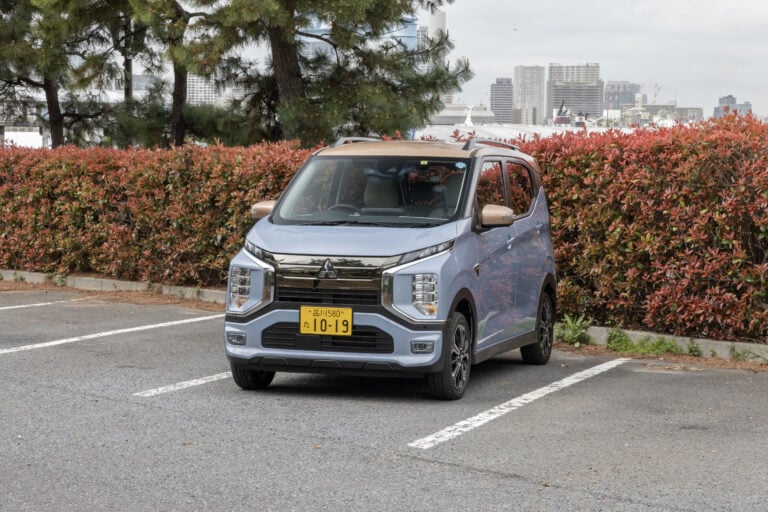 News
News‘Is a 3-star ANCAP rating OK?’ Mitsubishi boss considers Kei cars for Oz
Where do consumers draw the line – will Aussies accept a three-star Kei car?
-
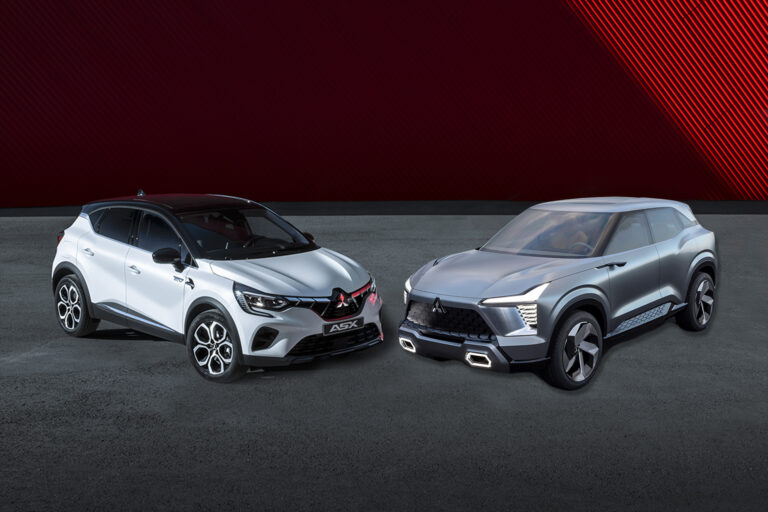 News
NewsMitsubishi ASX 2025: eventual Oz successor could be Captur-based
The successor to Mitsubishi’s ageing ASX still isn’t clear, though the Captur-based Euro car looks the most likely candidate
-
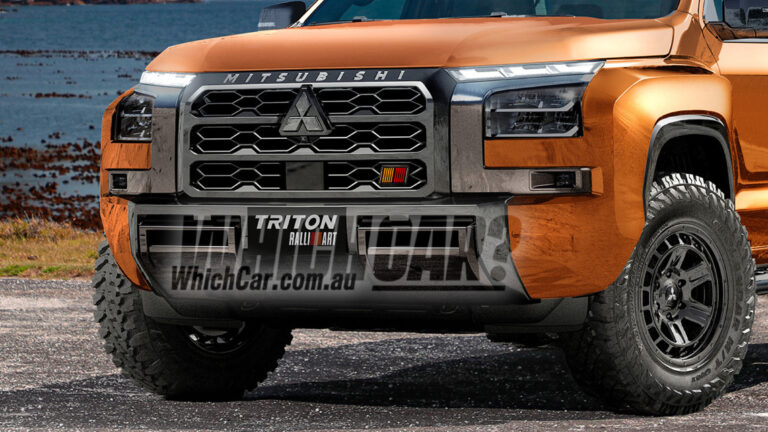 News
NewsRalliart’s future: 2024 Mitsubishi Triton Ralliart imagined
The performance brand will be about passion, performance and durability, but Mitsubishi’s head honchos aren’t quite sure what that looks like yet


